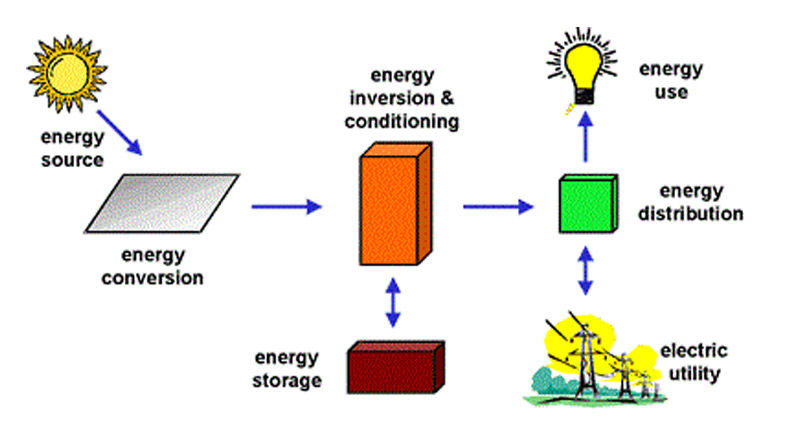Water Baseboard Boiler: Ideal for Heating Systems
You can extend many alternative heating systems available today by leveraging hot water baseboard heating. If you have recently installed one of the newer alternative heating systems such as a solar collector or a wood burner, or if you have installed a coal or corn burner, or a pellet stove or multi-fuel stove, running a water pipe around your heat source to create hot water baseboard heating in another room is not a difficult improvement. Hot water baseboard heating is one good way to get the most out of any of the alternative heating systems currently gaining popularity nationwide.
Unlike most alternative heating systems, conventional oil and gas furnaces are usually centrally located in a home, often in the basement. The heat generated by the conventional oil or gas furnace is then sent through attached air ducts to different rooms by means of a thermostat and a fan. The thermostat turns the furnace on when the temperature in the home falls below a set level, generating heat by burning oil or natural gas. The fan then blows the heat through the ductwork and distributes it throughout the house. Most homes have this kind of forced air heat as their main source of warmth, but with recent increases in the cost of fuel, many people have been exploring alternative heating systems for the first time.
By contrast, homeowners typically install many alternative heating systems in the main living area of the house. A pellet stove, wood stove, or coal stove may not be hooked up to ductwork the way a furnace usually is, and may not power heated air to all parts of the home like those old system did. Because these alternative heating systems generate heat less efficiently throughout a house compared to a conventional furnace, the house may experience cold spots and require additional heat in some rooms.
Hot water baseboard heating is an excellent solution in these situations. Hot water baseboard heat sits flat along the bottom of the wall. Sometimes, you can distribute hot water heat by using a wall, floor, or ceiling panel. A series of fin tubes run from the baseboard or panel back to a boiler or heat source. The boiler or heat source heats and pumps water around the fin tubes, and the air passing over them heats the room. You can harness the same alternative heating systems that generate heat in the main part of your house with special tubing to supply hot water for the hot water baseboard heating in other areas of your home.
Active solar panels can heat water for hot water baseboard heating as well. In all these examples, hot water baseboard heaters heat the surrounding by means of convection. In other words, the tubes filled with hot water continuously warm the air drawn across them. Hot water circulates through the fin tubes continuously, entering the room and returning to the boiler for reheating once it releases its heat into the room. Baseboard heaters, using hot water, tend to maintain a steadier temperature than forced air heaters because the circulation of hot water is constant. Additionally, hot water baseboard heaters are known for their ability to keep nasal and sinus passages from drying out, and they avoid dispersing dust and germs into the air through blowers.
Hot water baseboard heaters are especially welcome in bathrooms because of their ability to maintain this steady comfortable temperate. Hot water can also be circulated underneath flooring or inside wall panels. Floors heated with hot water are especially nice in homes with small children. Hot water baseboard heaters can sometimes make it harder to arrange furniture in a room, since they do protrude somewhat from the base of the wall. However, even with this minor limitation, hot water baseboard heaters are much less intrusive that the old radiator-style steam hot water heaters. They are smaller, not noisy at all, and they maintain a lower temperature to the touch than the old steam radiators, making them safer and more family friendly. All in all, hot water baseboard heaters are a great supplement to any of the new alternative heating systems.

